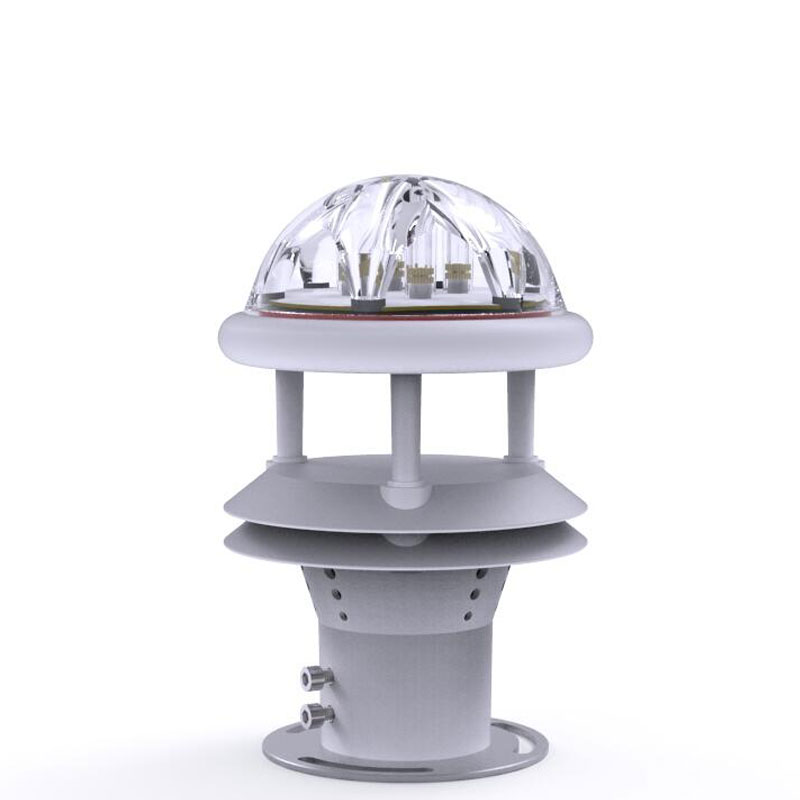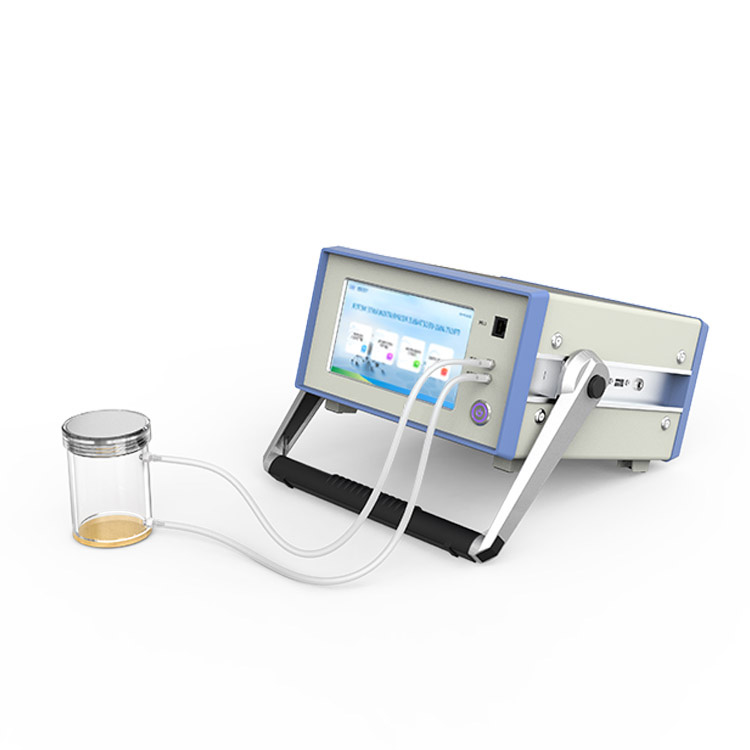In the golden 72 hours of natural disaster rescue, the Life Detection Radar System serves as "another pair of eyes" for rescuers, helping them accurately locate trapped victims. With the in-depth integration of biomedical engineering technology and radar detection technology, the Life Detection Radar System has begun to stand out.
It emits ultra-wideband electromagnetic pulses and utilizes the reflection characteristics of electromagnetic waves to capture subtle movements caused by survivors' limb movements or cardiopulmonary respiration. These life activities form a time-domain Doppler effect on radar echoes. After processing the reflected signals, the device restores human vital signs and accurately determines the position of living organisms.
Compared with other detection equipment, the Life Detection Radar System has more "intelligent" advantages. It can penetrate obstacles such as concrete walls, steel doors, and trees, with a detection range of up to 500 meters in open spaces; even if the detection range is shortened due to obstacles, it can still function stably. At disaster sites with strong noise, it effectively overcomes the technical limitations of audio, infrared, and other detectors, allowing rescuers to complete detection within 2.3 minutes without entering the ruins.
The operation process is efficient and convenient: the device wirelessly transmits the processed signals to a handheld computer, which has built-in hundreds of types of chest dynamic data during human breathing. After clutter processing and waveform comparison, it directly displays whether there are signs of life, greatly reducing the blindness of rescue. At disaster sites such as earthquakes, building collapses, mudslides, and avalanches, it is always deployed with rescue teams at the first time, striving for precious time to save lives.
In addition to the rescue field, this type of radar technology is also widely used in scenarios such as tunnel inspection, geological survey, and road collapse detection. It has the advantages of non-destructiveness, high efficiency, and high resolution, becoming a powerful tool in multiple engineering fields.
Of course, in disaster rescue, the Life Detection Radar System is not only a "perspective eye" that penetrates the ruins but also a "clairvoyant eye" that guards life, using technology to improve rescue efficiency.

This paper addresses:https://www.fengtusz.com/industry/794.html









